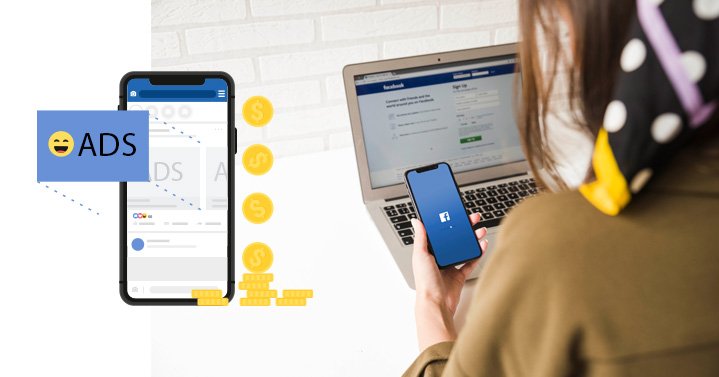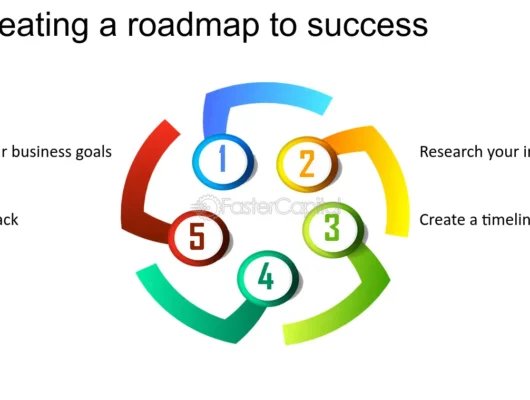With over 2.9 billion monthly active users, Facebook remains a dominant platform for businesses to reach their target audience. However, creating a successful Facebook ad campaign requires more than just boosting posts.
It involves strategic planning, creative design, and data-driven optimization. In this article, we’ll guide you through the essential steps to create effective Facebook ad campaigns that drive results in 2024.
1. Define Your Campaign Objectives
- Why It Matters: Clear objectives provide direction and help measure the success of your campaign.
- How to Do It: Choose from Facebook’s predefined objectives, such as brand awareness, traffic, engagement, app installs, lead generation, or conversions. Align your objective with your overall business goals. For instance, if you want to increase sales, choose the “Conversions” objective.
2. Understand Your Target Audience
- Why It Matters: Knowing who your audience is ensures that your ads are seen by people most likely to take action.
- How to Do It: Use Facebook’s Audience Insights tool to gather data on your current audience. Define your target audience based on demographics, interests, behaviors, and location. Consider creating custom audiences from your email list or website visitors, and use lookalike audiences to reach new potential customers.
3. Craft Compelling Ad Copy
- Why It Matters: Your ad copy is the voice of your campaign. It must be persuasive and clear to drive engagement.
- How to Do It: Write concise, attention-grabbing headlines that highlight the value of your product or service. Use clear and compelling language that speaks directly to your audience’s needs and desires. Include a strong call to action (CTA) that encourages users to click, learn more, or make a purchase.
4. Design Eye-Catching Visuals
- Why It Matters: Visuals are the first thing users notice in your ad. They need to be high-quality and relevant to capture attention.
- How to Do It: Use high-resolution images or videos that align with your brand’s identity. Incorporate your brand colors, logos, and fonts to create a consistent look. For videos, keep them short and engaging, ideally under 15 seconds. Ensure that your visuals support the message in your ad copy.
5. Choose the Right Ad Format
- Why It Matters: Facebook offers various ad formats, each suited to different campaign goals and audience preferences.
- How to Do It:
- Image Ads: Great for simple, straightforward messages.
- Video Ads: Ideal for storytelling and product demonstrations.
- Carousel Ads: Allow you to showcase multiple products or features in a single ad.
- Collection Ads: Perfect for e-commerce, letting users browse a catalog of products directly within the ad.
- Lead Ads: Use these to collect contact information without users leaving Facebook. Match the format to your objective and audience behavior.
6. Set Your Budget and Bidding Strategy
- Why It Matters: Your budget and bidding strategy determine how much you’ll spend and how your ad will compete in the ad auction.
- How to Do It:
- Budget: Choose between a daily budget (how much you spend each day) or a lifetime budget (how much you spend over the entire campaign).
- Bidding: Opt for automatic bidding to let Facebook optimize for the lowest cost per result, or manual bidding if you want more control over your bid amount. Start with a modest budget and scale up as you see positive results.
7. Monitor and Optimize Your Campaign
- Why It Matters: Continuous monitoring allows you to identify what’s working and what’s not, so you can optimize for better performance.
- How to Do It:
- Track KPIs: Use Facebook Ads Manager to monitor key performance indicators (KPIs) like click-through rate (CTR), conversion rate, cost per click (CPC), and return on ad spend (ROAS).
- A/B Testing: Run A/B tests (split tests) to compare different versions of your ads, such as varying headlines, images, or CTAs. Use the insights to refine your ads.
- Adjust Targeting: If your ads aren’t performing well, consider tweaking your audience targeting to better align with those who are most likely to convert.
8. Leverage Retargeting Campaigns
- Why It Matters: Retargeting helps you re-engage users who have interacted with your brand but haven’t converted.
- How to Do It: Set up retargeting campaigns using custom audiences. Target users who have visited your website, engaged with your Facebook page, or added items to their cart but didn’t complete the purchase. Use dynamic ads to show personalized product recommendations based on the user’s browsing behavior.
9. Analyze and Report Your Results
- Why It Matters: Analyzing your campaign’s performance provides insights that inform future strategies.
- How to Do It: After your campaign ends, generate a report using Facebook Ads Manager. Look at overall performance metrics, such as impressions, reach, conversions, and cost per result. Compare these against your initial objectives to determine the campaign’s success. Identify areas for improvement and apply these insights to future campaigns.
Conclusion
Creating successful Facebook ad campaigns requires a combination of strategic planning, creative execution, and continuous optimization.
By defining clear objectives, understanding your audience, and leveraging Facebook’s powerful advertising tools, you can build campaigns that drive meaningful results for your business.






